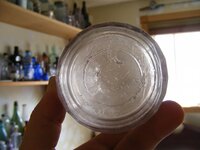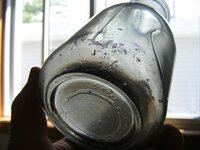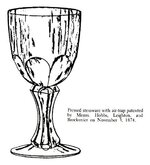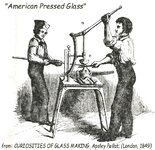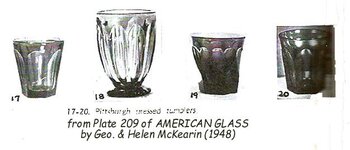Dug
Bronze Member
- Feb 18, 2013
- 1,138
- 1,263
- Detector(s) used
- XP Deus/Sovereign GT.
- Primary Interest:
- Relic Hunting
I dug this tumbler which I'm tempted to refer to it as a whiskey glass from a New Orleans privy many years ago. I sometimes wonder how an undamaged tumbler ended up in a privy and can only imagine it being dropped accidently while someone had been drinking and relieving themselves.
I have been using it to store my glass buttons that I come across while out relic digging. Now that I have a acquired a bottle tumbling set up I am half tempted to tumble the tumbler (pun intended) since the iridescence is not uniform and very light.
Thought I would share some pics of this unique find and get some opinions. As you can see the bottom of the glass sports a rough depressed area that is very much like what you see with sand or iron pontil marks. Other than sand pontil, is there some other process that may have left such a mark?
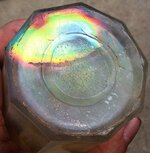
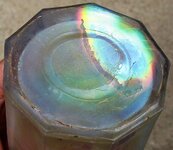
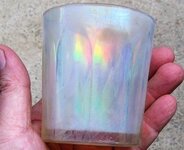
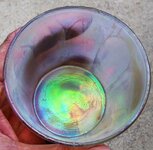
I have been using it to store my glass buttons that I come across while out relic digging. Now that I have a acquired a bottle tumbling set up I am half tempted to tumble the tumbler (pun intended) since the iridescence is not uniform and very light.
Thought I would share some pics of this unique find and get some opinions. As you can see the bottom of the glass sports a rough depressed area that is very much like what you see with sand or iron pontil marks. Other than sand pontil, is there some other process that may have left such a mark?






